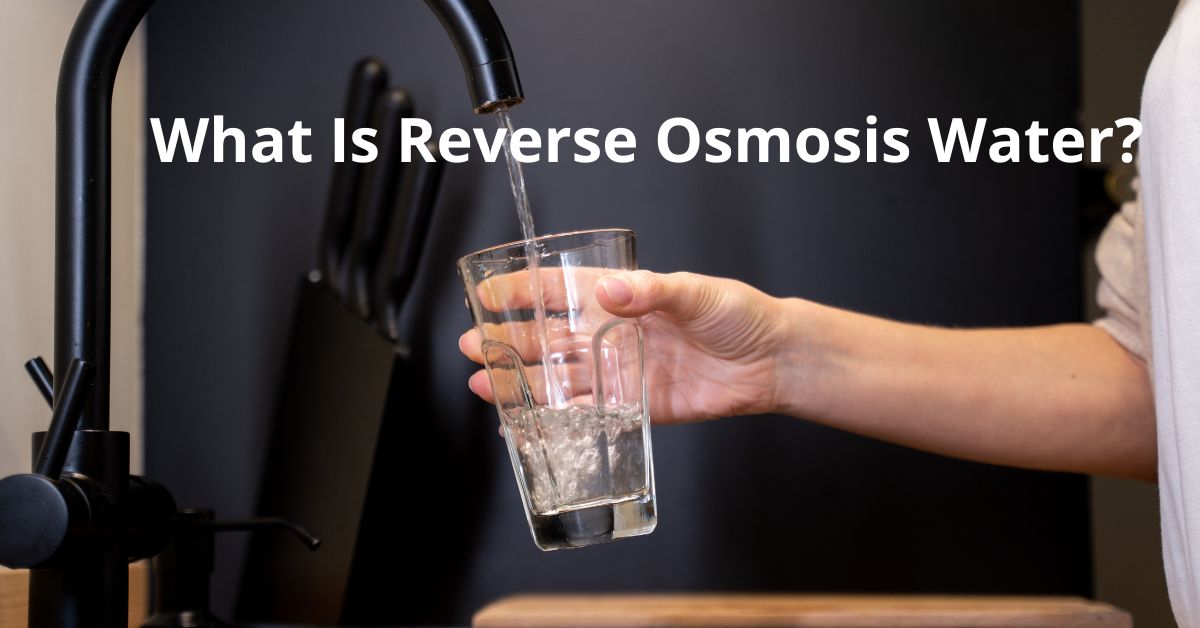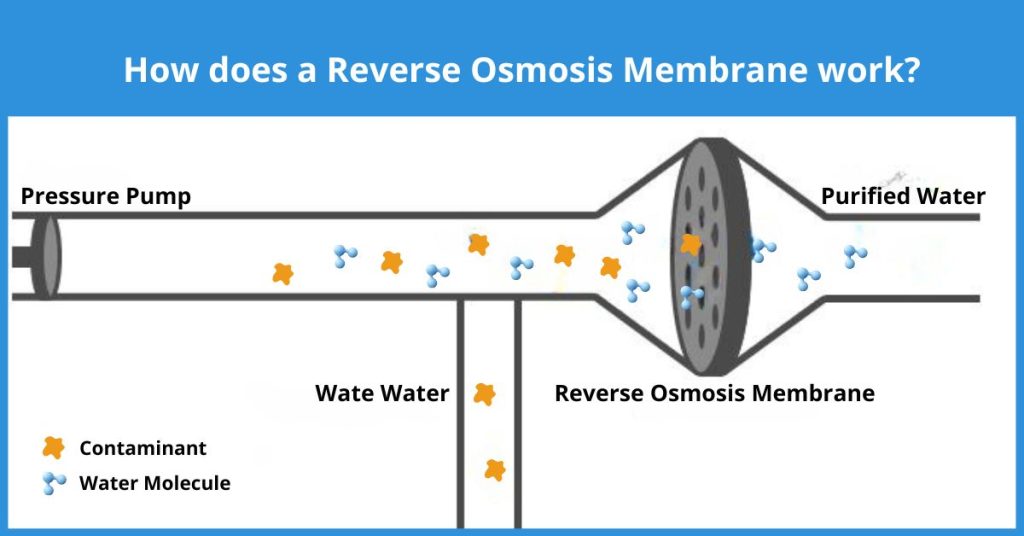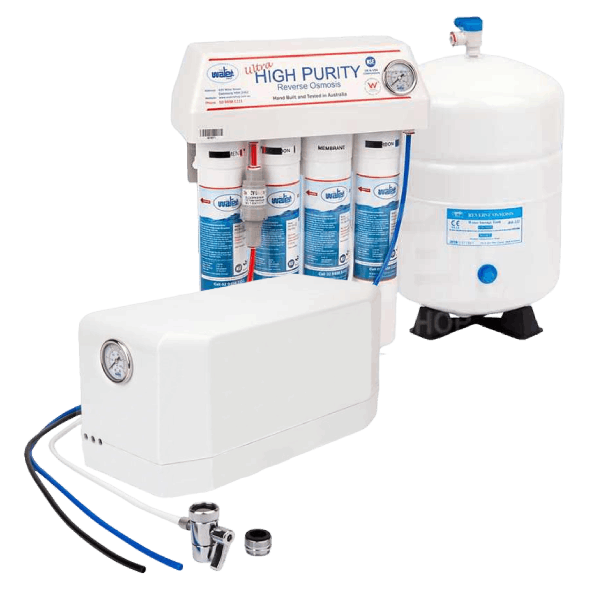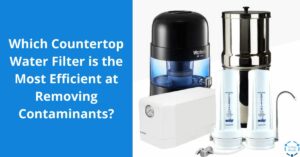
What Is Reverse Osmosis Water?
Having worked in the water treatment industry for many years, I’m often asked about different water filtration methods. One topic that frequently comes up is reverse osmosis water. Whether you’re considering installing an undersink water filter system or exploring various water purification options, understanding reverse osmosis can help you make an informed decision about your drinking water.
What Exactly Is Reverse Osmosis?
Let me break it down for you in simple terms. Reverse osmosis (RO) is a water purification process that uses a semi-permeable membrane to remove ions, unwanted molecules, and larger particles from drinking water. Imagine a super-fine strainer that only lets water molecules through while blocking almost everything else.
When I explain this to friends, I often use a coffee filter analogy. Just as a coffee filter allows water to pass through while keeping coffee grounds out, an RO membrane lets water molecules through while blocking contaminants. However, an RO membrane is much, much finer—so fine that it can even remove dissolved salts from water!

Is it healthy to drink reverse osmosis water?
This is a question I get asked all the time, and the answer isn’t as straightforward as you might think. Let me share what I’ve learned through my research and experience.
Reverse osmosis water is incredibly pure. The process removes up to 99% of dissolved salts, particles, bacteria, proteins, dyes, and other impurities. This makes it an excellent choice for people concerned about contaminants in their tap water. However, this high level of purification has led to some debate about its health implications.
Here are some key points to consider:
- Mineral Content: RO removes not just contaminants, but also naturally occurring minerals like calcium and magnesium. Some health experts argue that we need these minerals in our water. However, it’s worth noting that most of our mineral intake comes from food, not water.
- pH Levels: RO water tends to be slightly acidic. While this isn’t harmful in itself, some people prefer more alkaline water.
- Contaminant-Free: If you’re concerned about specific contaminants in your tap water, a reverse osmosis water filter is one of the most effective solutions available.
Choosing the Right Filtration System
When it comes to implementing RO filtration in your home, you have several options:

- Undersink water filter system: This is what I have in my home. Tucked neatly under the sink, undersink RO systems provide filtered water through a dedicated faucet or can attach to a 3-way faucet. The initial installation requires some basic plumbing work, but once it’s in place, it’s very convenient.
- Countertop water filter: If you’re renting or don’t want to modify your plumbing, a countertop RO system might be perfect for you. These units sit on your counter and can be connected to your faucet when needed.
- Reverse osmosis water filter whole-house systems: These provide RO water throughout your entire home but are more expensive and complex to install.
My Personal Experience
I’ve been using an undersink RO system for the past few years, and I have to say, the difference in water quality is noticeable. The water tastes incredibly clean, and I love knowing that I’m removing potential contaminants. However, I did my research before choosing this option. Here’s what I’ve learned:
- Maintenance is key. The filters need regular replacement, usually every 6–12 months.
- There is some water waste in the RO process, which is something to consider.
- If mineral content is a concern, some systems come with remineralisation stages.
Making the Right Choice for You
When deciding whether to invest in a reverse osmosis system, consider these factors:
- Your current water quality
- Your specific health concerns or preferences
- Your budget (both initial installation and ongoing maintenance)
- The space you have available (countertop vs. undersink water filter system)
Remember, there’s no one-size-fits-all solution. While I love my RO system, the best choice for you depends on your specific circumstances and needs.
There’s no one-size-fits-all solution. I love my RO system, but the best choice for you depends on your specific circumstances and needs.
Looking to the Future
As water quality becomes an increasingly important issue globally, I believe we’ll see continued advancements in RO technology. Newer systems are already becoming more efficient and wasting less water. Whether you choose a reverse osmosis water filter or another filtration method, the most important thing is that you’re taking an active interest in your water quality. Clean, safe drinking water is crucial for our health, and being informed about our options is the first step towards ensuring we have access to it.
If you’re considering an RO system, I encourage you to do your research, perhaps talk to a water quality expert, and make the choice that best fits your lifestyle and needs. After all, the water we drink impacts our health every single day!



